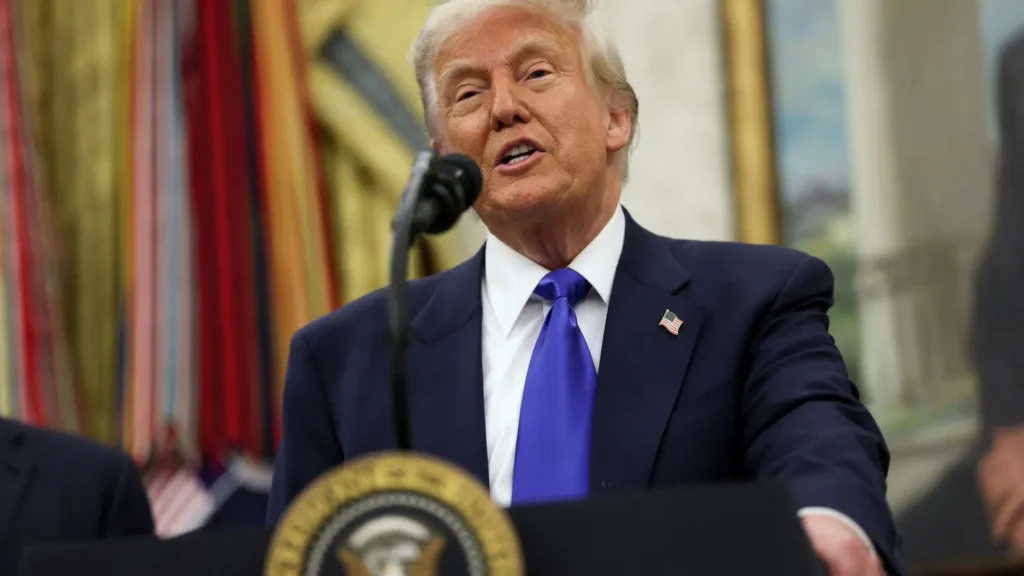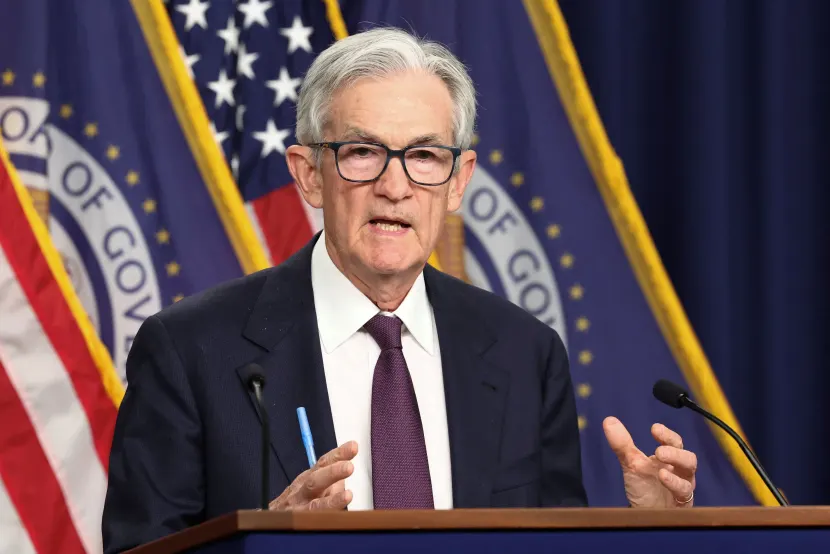Even as the smoke from an aerial battle hasn’t fully cleared, a strange idea has reportedly emerged from India: that if a conflict were to occur, China might be easier to handle than Pakistan.
Is this seemingly absurd assertion merely an excuse after a defeat, or does it conceal a dangerous strategic miscalculation? What does India truly prioritize?
I will peel back the layers to explore what nations genuinely fear and where their strengths truly lie in a state of war.
Strategic priorities in international conflicts: The United States focuses on minimizing personnel casualties.
In wars or violent conflicts, different countries prioritize different concerns. Let me illustrate this with examples.
For the United States, once engaged in war, material losses like money or equipment are the least of its worries. It might even abandon overseas military bases if necessary, as such decisions are not uncommon.
What the U.S. fears most is personnel casualties.
The death or injury of a single American soldier not only carries a direct compensation cost of at least $5 million but, more critically, can trigger backlash and doubts about the domestic support and legitimacy of the entire military operation.
As a result, without overwhelmingly compelling reasons—ones that directly threaten the U.S.—it is extremely difficult for the United States to deploy troops into combat.
However, when it comes to providing financial aid or military equipment, the U.S. is never stingy. After all, such support doesn’t impact the issue of American military casualties.
India’s miscalculations and challenges in its strategy toward China: The shameless tactic of using human shields.
Some might assume that all nations and organizations prioritize human life above everything else, but this isn’t true.
For example, extremist groups in the Middle East or poorly governed countries in Africa fear losing aid funds or control over resources far more than the sacrifice of personnel. To secure financial support or dominate specific mineral resources, these entities are willing to tolerate higher casualties.
Against this backdrop, it’s worth taking a closer look at India.
During the recent India-China border conflict, India adopted provocative tactics, repeatedly sending personnel with little to no safety protections close to Chinese positions.
The intent was clear: to encroach on Chinese territory and provoke a response.
China, guided by a principle of valuing life, reacted with restraint to India’s apparent disregard for its soldiers’ well-being and its use of them as human shields to chip away at territory. In response, China limited itself to “primitive” weapons, aiming to warn India with minimal harm.
This cautious approach led to a major misjudgment by the Indian military. They interpreted China’s restraint as a lack of advanced equipment or combat experience, mistaking China’s higher moral standards in military operations for weakness.
This could even have been a deliberate ploy—sacrificing more Indian soldiers to fuel anti-China nationalist sentiment, a move that can only be called shameless.
These signs make it evident that India’s greatest fear in military actions isn’t the loss of soldiers.
This realization is vital. It sheds light on how China should respond if India, ignoring the broader Sino-Indian economic relationship, seeks relevance through confrontation. Pinpointing India’s real vulnerabilities will be key to addressing such challenges effectively.

The India-Pakistan conflict highlights India’s heightened sensitivity to heavy industrial equipment.
From the process and outcome of the recent India-Pakistan air conflict, it’s clear that India’s primary concern during the conflict was its heavy industrial equipment.
Destroying its high-value imported military assets or crippling its heavy industrial support and production facilities would strike at the heart of its vulnerabilities.
Military casualties, however, seem to be only a surface-level concern for the Indian government. Whether it’s about advancing operations, negotiating, or conceding defeat, personnel losses carry little weight—perhaps because of India’s vast population?
Why does India place such a premium on imported military equipment and heavy industrial support facilities? At first glance, this might seem like a common priority for developing countries, but it’s not.
Unlike other developing nations, whose national or ethnic priorities differ sharply from India’s, India is driven by the need to project a great power image.
This demands an offensive stance rather than a defensive one, setting it apart from countries that build their systems around protection.
In this context, India’s imported equipment does more than just bolster military security—it’s a tool to establish offensive deterrence against neighboring countries.
Compare this to Middle Eastern nations like Saudi Arabia, Qatar, and the UAE, which also import massive amounts of military hardware. Their logic, however, is entirely different.
These countries import arms to meet defensive needs, while India’s imports fuel offensive ambitions. This fundamental difference shapes their cost structures and operational approaches.
For Saudi Arabia and similar nations, military equipment can sit unused in warehouses, gathering rust, with costs largely limited to the initial purchase.
India, by contrast, faces steep “operational” expenses to sustain its offensive goals.
Its equipment must be constantly showcased to the world, a process that burns through raw materials and carries risks like aircraft crashes or losses in combat—making the overall cost extraordinarily high.
India’s pursuit of a great power image comes at a time when its industrial sector is still developing.
If its heavy industrial base and supporting systems were destroyed or halted during wartime, the costs of its war machine would soar, and reliance on imported equipment would spike.
Imported gear comes with high ongoing costs and can’t be domestically replenished, meaning increased imports don’t lower marginal costs. A robust industrial system, on the other hand, could scale up production and slash those costs as demand rises.
But this isn’t India’s greatest weakness. Its military equipment depends heavily on imports, keeping costs persistently high, while its heavy industrial base remains fragile.
On top of that, India is a major consumer of traditional energy, heavily reliant on imported resources like crude oil, with little domestic supply to fall back on—a vulnerability that could prove catastrophic in wartime.
Against this backdrop, India is still far from achieving a fully industrialized economy.
Its limited production capacity must juggle both civilian and military needs. Prioritizing military output would force the civilian market to lean heavily on imports, draining foreign exchange reserves.
Once those reserves are depleted beyond recovery, India’s ability to import defense equipment would falter, risking a systemic collapse of its entire socio-economic framework.
So, if India keeps provoking its neighbors, the most effective response—or the fastest way to force its surrender— isn’t to target its “human shield” tactics, which shrug off personnel losses.
Instead, it’s to launch broader strikes on its imported equipment, industrial base, and support systems. This would push its economy and operations into a state of systemic unsustainability.
India’s Rise in a Changing World: External Challenges and Strategic Miscalculations
Whether China and India can only remain in a state of potential mutual defense or are inevitably headed toward confrontation depends entirely on India.
All past conflicts between China and India have been sparked by India’s unilateral attempts to alter the status quo.
Even today, with tighter economic and trade ties between the two nations, whenever China sends signals of goodwill to India, India often immediately interprets this as a sign of weakness.
Rather than seizing the opportunity to boost trade and investment cooperation, India instead chooses to encroach on Chinese territory, assuming China will tolerate it.
Against this backdrop, India’s behavior is highly predictable. Whenever China extends economic goodwill or faces international challenges, India invariably takes action in border areas or other domains—and not just against China.
For instance, I previously predicted that India would not easily compromise with the U.S. on trade agreements. Once it does, trouble follows.
Take the recent India-Pakistan conflict: if the U.S. doesn’t back India on this issue, India will feel shortchanged by the trade deal and seek compensation elsewhere.
From the perspective of human economic development, India is indeed the most promising large economy after China. But this doesn’t mean its actions won’t affect its rise.
The ascent of a great power isn’t guaranteed, nor is maintaining such a position easy—especially since, for the foreseeable future, India’s rise will unfold in a different global context than China’s.
If we set aside differences in internal organization and civilizational development and focus solely on the broader historical cycles, China’s rise coincided with the peak of global consensus and momentum for globalization.
This was driven by the unprecedented post-World War II global system, where both Europe and the U.S. championed globalization. Even the Cold War between the U.S. and the Soviet Union was a competition within a broader global framework, not a retreat into isolation.
By contrast, today’s world lacks the U.S.-led globalization force, and the consensus around it faces massive scrutiny. While China wields significant global economic influence, it can’t fully counter the systemic retrenchment of the U.S.
In this environment, regional economies and bilateral cooperation will drive most nations’ development. As India rises, it faces not globalization’s tailwinds but its headwinds, alongside the rise of regional economic blocs.
This means that, going forward, the role of neighboring countries will be far more critical than global forces.
This implies that if India bets its external rise on outdated globalization thinking or the Cold War logic of playing both sides, it will make a strategic blunder. More rationally, consider Russia and the U.S.’s ties with India: Russia’s influence in the Middle East, such as in Syria, is limited and unlikely to extend to India.
As for the U.S., the decline of globalization is already evident in its internal shifts. When Trump suggested Apple move production from China to India, it wasn’t just about Apple—it signaled that the U.S. no longer relies on past globalization models for trade and diplomacy.
In this context, if India can’t effectively improve relations with its neighbors—especially China—where will its sustained development come from?
While Israel, South Korea, and Japan may offer potential economic ties, India’s sheer size and scale will amplify costs and demands.
For example, even a slight increase in import costs, spread across India’s massive population, becomes a huge burden. This makes India a country that can be crippled by cost issues. If not managed well, all growth will be swallowed by rising expenses.
That’s why, despite exporting almost nothing to China, India still imports over $100 billion worth of goods from China annually. If India sourced similar products elsewhere, setting aside supply stability, costs would likely triple—meaning it would need to spend $300 billion to get what it currently buys from China for $100 billion.
Thus, Sino-Indian trade saves India about $200 billion each year, which can then be reinvested domestically, fueling growth.
Yet, just as India’s future development hinges more on its regional ties and internal planning, it has begun to dabble in great power politics and diplomacy. India’s contradictory strategy—provoking its neighbors at all costs—raises the question: where will this path lead?



